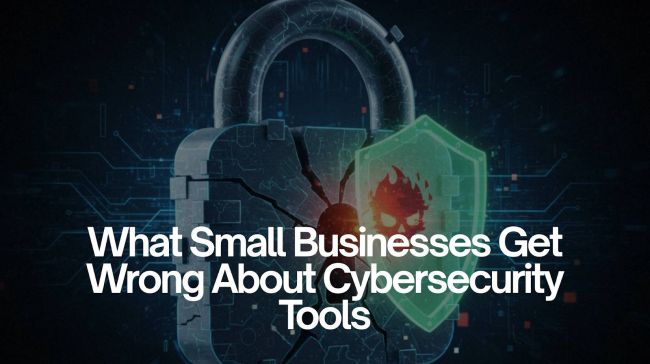Cyberattacks happen approximately every 39 seconds and are a growing worry. In the digital realm, everything’s vulnerability to cyber risks increasing day by day.
Holding digital assets offers streamlined value transfer online with minimal friction—just a few clicks away. If you are looking for ways to ensure your digital assets remain secure and well-protected from various cyber threats, you’re now at the right place!
In this comprehensive guide, we will provide essential tips and hacks to enhance the protection of your digital assets. Let’s get started.
Implement Strong, Unique Passwords

The first step is to leverage a password manager to generate and store complex passwords for each of your accounts. A password should be at least 12-16 characters, which include;
➣ uppercase and lowercase letters,
➣ numbers, and
➣ special characters.
Avoid using common phrases or easily accessible information (such as birthdays). When created, keep updating your passwords periodically and never use them across different platforms to reduce risk.
According to Statista’s 2025 cyber-crime report, credential theft remains the leading entry point for data breaches, making password discipline your first line of defense.
Enable Two-Factor Authentication (2FA)
Next, activate two-factor authentication (2FA) on all accounts that offer it. Doing so will add an extra layer of security, as it requires not only your password but also a second form of verification, either through:
➣ a text message or
➣ authentication app code.
This single step can reduce unauthorized-access risk by more than 90 percent, as emphasized in Forbes’ analysis of rising cybersecurity complexity
Furthermore, consider using authentication apps (such as Google Authenticator or Authy) instead of SMS for enhanced security. Even if your password is compromised, this will significantly reduce the chances of unauthorized access.
Seek Professional Help
It’s strongly advisable to seek digital asset custody – a broad term that encompasses various methods of storing and protecting digital assets on behalf of their owners. Therefore, invest time in exploring multiple providers. Before making a choice, evaluate their experience and expertise.
To check customer reviews and feedback regarding prospective digital asset custody providers, browse various online platforms, such as Google Business Reviews and Yelp.
Don’t hesitate to inquire about the certifications and solutions they offer, specifically tailored to your security needs and challenges. Hence, the more deeply you research, the more credible provider, like BitGo, you will have by your side!
Keep Software Up to Date
Operating systems, applications, and antivirus software require regular updates to protect against vulnerabilities. Software developers often release updates to patch security holes. Therefore, it’s essential to turn on automatic updates to stay confident in having the latest protections.
Moreover, regularly check for updates on any devices connected to your network, including IoT devices. Such devices can serve as entry points for cyber threats, including hacking, phishing, and others.
Utilize Cold Storage for Digital Assets
For cryptocurrencies and other high-value digital holdings, cold storage remains the gold standard.
Hardware wallets or paper backups keep private keys offline, isolated from internet-based threats. Store recovery phrases in multiple, physically secure locations.
When you need to transact, temporarily transfer assets to a “hot” wallet, then move them back offline. This hybrid approach balances convenience and security.
Forward-looking innovators in blockchain security are already experimenting with AI-driven monitoring systems to predict anomalies before they happen. Emerging platforms, like those powering next-gen voice-driven interfaces such as LuvVoice AI, demonstrate how artificial intelligence can enhance authentication and fraud detection through real-time behavioral analysis.
Final Thoughts
Cybersecurity isn’t a single product; it’s a discipline of vigilance. The more your life and assets move online, the more important layered protection becomes.
By combining robust passwords, 2FA, professional custody, timely updates, and cold storage, you create overlapping safeguards that minimize exposure even when one layer fails.
The digital economy rewards convenience, but only when it’s backed by caution. Treat your assets with the same rigor you would physical gold, and they’ll remain secure in an increasingly volatile online world.
Post Comment
Be the first to post comment!





